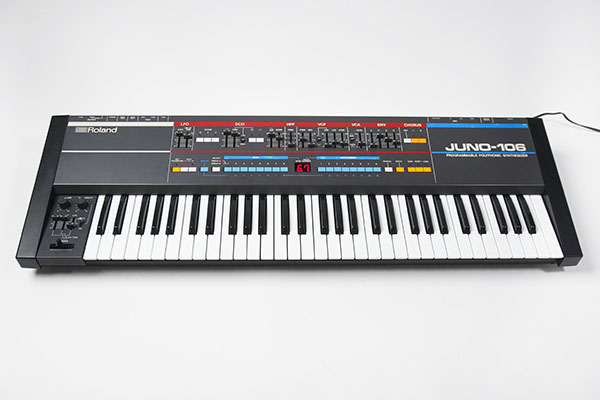The heart and soul of a synthesizer is its main board, the place where the nitty-gritty happens, where the most basic and the most important functions take place. If your synth turns on but the display shows weirdness, or if it boots up but gets stuck on one screen, or freezes up in the middle of your song, these are the sorts of things that can indicate that the main board – sometimes called the mother board – is faulty.
Repairing a non-working main board is not for the faint of heart. It requires an experienced tech with diagnostic tools to determine that this one chip amongst hundreds has failed, or that the ROM has been scrambled, or that pin 27 of the CPU chip isn’t receiving the correct reset voltage. It’s a process that takes many hours of bench time at expensive hourly rates.
If your main board has gone off to PCB heaven (PCB stands for printed circuit board), it is often quicker and cheaper to simply replace it. That process usually involves simply removing the old board (often as simple as unplugging wiring harnesses and unscrewing the board) and dropping in a new one. The hardest part of the equation is often finding a replacement circuit board. What do you do when your beloved SonoSlapper 6000 needs a new main board, and a Google search turns up no results?
At Syntaur, we’ve been having good luck finding main boards for lots of fairly recent instruments – meaning those of this millennium – simply by developing good relationships with the manufacturers. If there is a brand new main board out there, we can usually find it. Ok, we might not be able to find that mother board for the SonoSlapper 6000, but if you have a Korg Krome, or a Nord Stage, or especially a Yamaha synth or digital piano that needs a heart transplant, we can probably help.
Yamaha, in particular, makes so many different keyboard models that we’re always racing to keep up. At the time of this writing, we list parts for 630 different Yamaha models, and there are at least that many that we haven’t gotten to yet! So if you need a board for a Yamaha CLP or CVP Clavinova digital piano, or a Yamaha PSR portable keyboard, or a Yamaha stage piano or synthesizer, it may indeed be available even though the internet seemingly offers no hope. Yamaha is a huge company, and is probably the best for maintaining a parts inventory for their keyboards. And if they have a replacement main board tucked away somewhere, we can get it for you.
The trick is to not get dismayed by the fact that we may list a hundred parts for your synth on syntaur.com, but no main board. In that instance, let us know you need this board, and we’ll go on the hunt. At the bottom right of nearly every page on the site, you’ll see this link: ‘Can’t find the part you’re looking for? Make a request for it here.‘ Once we see your request, we can find out if the board is still available, and if it is, we’ll let you know how to special order it.
Even if the circuit board is out of production and not available from the manufacturer, all is not lost. We have an absurd number – hundreds and hundreds – of synthesizers in line to be either refurbished or scavenged for working parts, so we can also check our database to see if perhaps the synth model you need to repair is lurking in our warehouse. If so, we can test it to see if the main board is good.
Long story short: We’re happy to do a bit of research to see if we can find a main board for you. After all, we live to bring old synthesizers back to life! But I ask just one favor: Please don’t call to ask us this – use the website form mentioned above. That gives us a record of who is looking for what, and it makes it easy for us to do methodical checking. Otherwise, your request will get scribbled on a slip of paper, which then gets moved to someone’s desk, and then faces an uncertain future. My desk, for example, is arranged in archeological layers. Trust me – you don’t want your main board request to land there.
We often think these days that if Google can’t find something, it’s not to be found. But we’ve still got some tricks up our sleeves.
